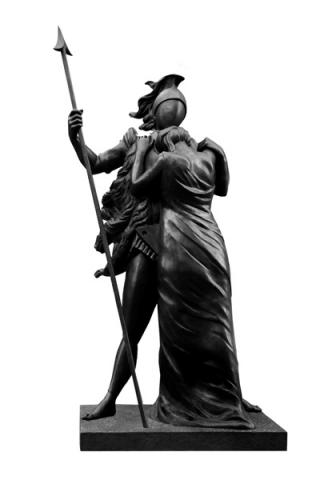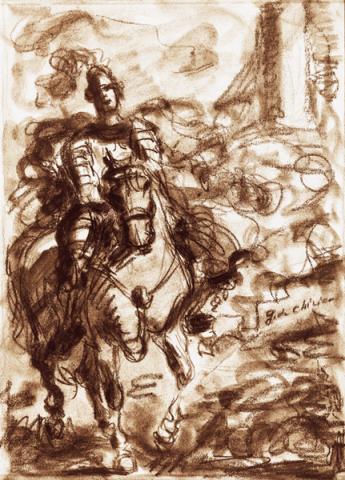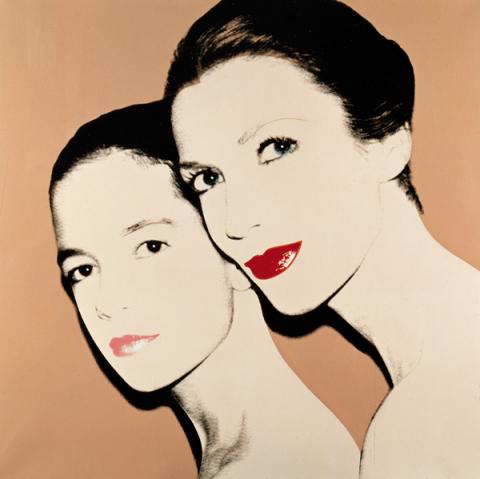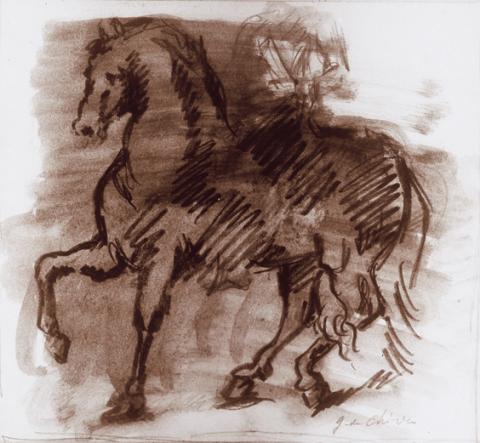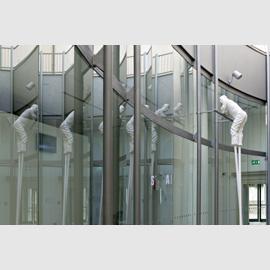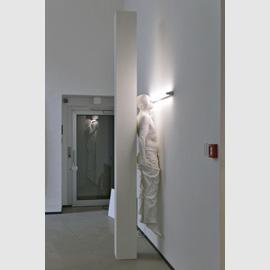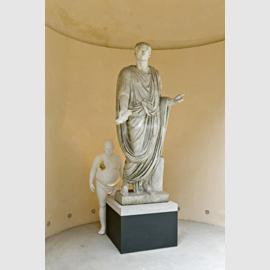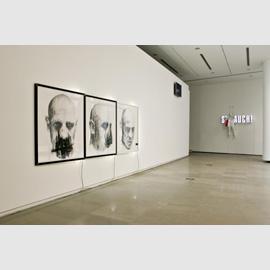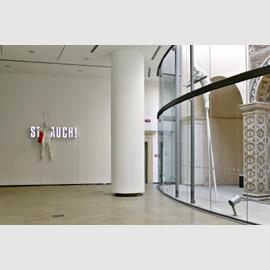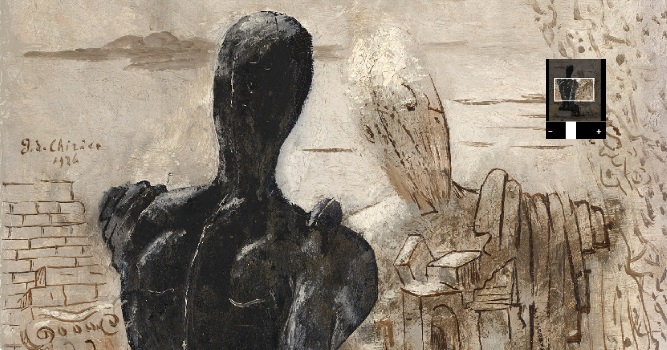Bernardí Roig
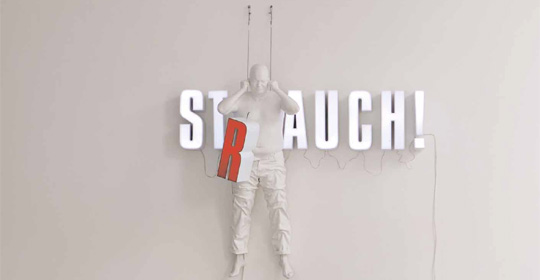
The prison of the body and the impossibility of the gaze, a reflection on the condition of modern man and its isolation is the basis of the work of Bernardí Roig (born in Palma di Maiorca in 1965) and his first solo show in Rome.
“Bernardí Roig. Light never lies” consists of a collection of 8 installations created between 2001 and 2005 and adapted for the occasion to the spaces of the Museo Carlo Bigotti. As well as life size figures in polystyrene resin, the exhibition includes drawings in graphite, charcoal and ash on paper, and three videos, which create a dialogue with the installations. Fluorescent lights and luminous writing complete several of the works.
Roig’s men, which are created using casts taken from real life, are exposed to the impact of shafts of white light which plough through the shadows, striking their faces to the point of dazzlement.
Like many artists of his generation, Roig reflects on the nature of collective perception under the propulsive force of the media, the information technology revolution and the inescapable effects of globalization. The superabundance of images typical of the present day has resulted in something more than a disempowerment of the gaze, it has eroded any certainty with an excess of light.
In works - displayed for the first time in the Museo Carlo Bilotti and in the city of Rome - Bernardí Roig explores the possibility of becoming spectators of out own interiority.
One of the exhibition’s key works is Strauch! (2004, life size figures in polystyrene resin, luminous letters in aluminium) based on a cast of the artist’s father - in which all the narration is permeated by the presence of solitude and loss of sensation. Strauch is the main character in “Frost” (Olanda, 1964), Thomas Bernhard’s masterpiece, which narrates the mental encounter between a painter and the world. Strauch, a painter whose head is welded to his body, leads us into darkness through an interior monologue which goes down paths of horror, asphyxiation and annihilation.
Repulsion exercises (2005) consists of a human scale figure in polystyrene resin, standing on stilts, and of a video. High and inaccessible, it is an “absent” work which does not want to watch either the public or the images which play on the monitor at its eye level. The video tells the story of the decapitated head of a modern Salome, bourgeois and frustrated, to which remain only – as a consolation for its unrealised desires – the “golden rain” on the head itself.
Acteón (2005, life-size figure in polystyrene resin, fluorescent light) refers to the myth of Diana as it is recounted in Ovid’s Metamorphoses. The fluorescent light is brutally close to the sculpture’s eyes, totally prevent it from seeing. Acteon has seen that which he can never tell and so remains enclosed in total isolation. In this way he pays the price for his heroic act of seeing.
Sound Exercises (2004, life size figure in polystyrene resin, fluorescent light) is the figure of the exhausted narrator who, with his back to the public and supported by a wall of light, does not have enough strength to utter a single sound. He symbolises the end of narrative and words. The phrases and words everywhere accumulate inside him, swelling him up.
Ejercicios de parecido (2005, drawing in graphite, charcoal and ash on paper, fluorescent light) is a triptych, which shows in a drawing the idea of a face from three different points of view. In his “Binissalem” dialogues, Roig articulates the imaginative theory that figures exist in the charcoal and pencil and that the artist is only a type of demi-urge, using his mind to release them. The light is not in the images, but rests imprisoned between the painting and the walls, sending out only glancing and indirect signs. It compels us to take a side view and displaces the spectator from the centre to the periphery of the experience.
Corpulent male figures, or crushed against the walls, dazzled by the striking light projections, suspended or with their backs turned to the viewer. They are individuals whom the artist has arranged to entertain an enigmatic relationship with the object, so that their condition generates an unease that is almost unbearable.
All this gives the installations a strongly theatrical dimension. In the room in which the work is given form, an area is established in which black gives place to the white of bodies, flooded with light and always seen in relation to a wall, even if it is rigorously whitened.
Bernardí Roig’s work makes reference to an artistic thread of the twentieth century which visually places the theme of the body as a central element of artistic research. The compresence of figurative work (the body), minimalism (the light) and conceptualism (the references to disciplines such as theatre, cinema and literature) confer on the works a particular position in the contemporary panorama.
Inspired by the classical myths, by postmodern philosophy, by the prose of Thomas Berhard and the art of Pierre Klossowski, the works of Bernardí Roig explore the boundaries that separate and connect the two essential paradigms of thought: the premodern – founded on the integrity of the spirit – and the postmodern – which turns around the functioning of images and the proliferation of appearances.
If life is a lie, which everywhere appears as such only at the moment of death, as Bernardì Roig writes in one of the dialogues/monologues collected in “Binissalem”, light never lies at all.
Gangemi Editore. A cura di Gianni Mercurio con la collaborazione di Antonia Arconti
Information
tuesday-sunday 9.00 am- 7.00 pm
the ticket office closes half an hour in advance
Museum + Exhibition
€ 6.00 ordinary, € 4.00 reduced
Tickets and reservations
06 82059127 (every day 9.00 - 19.30)


























